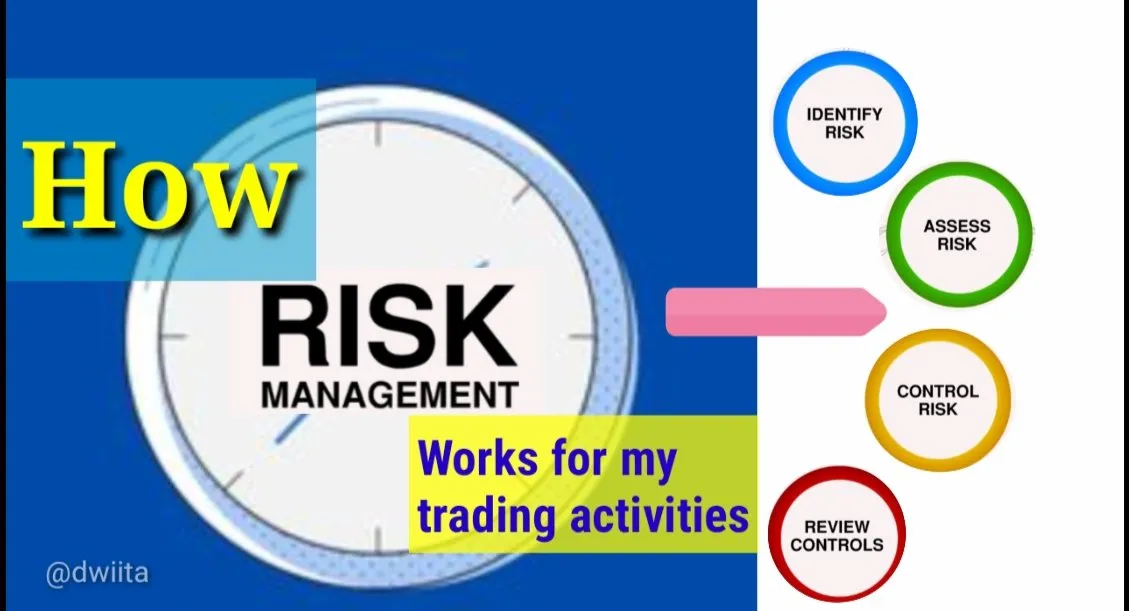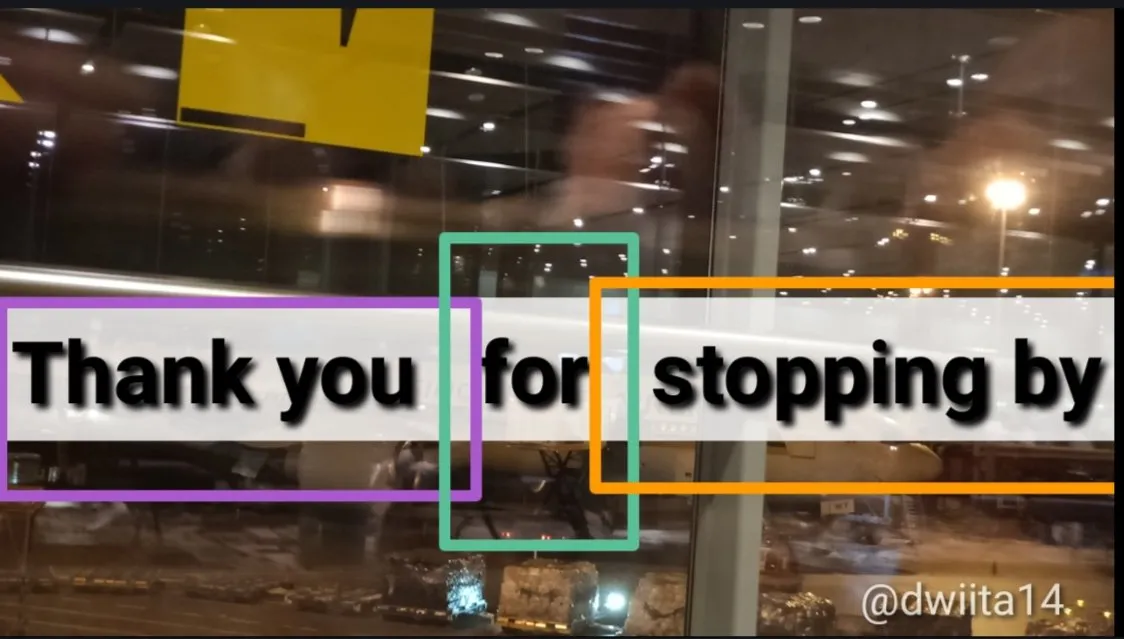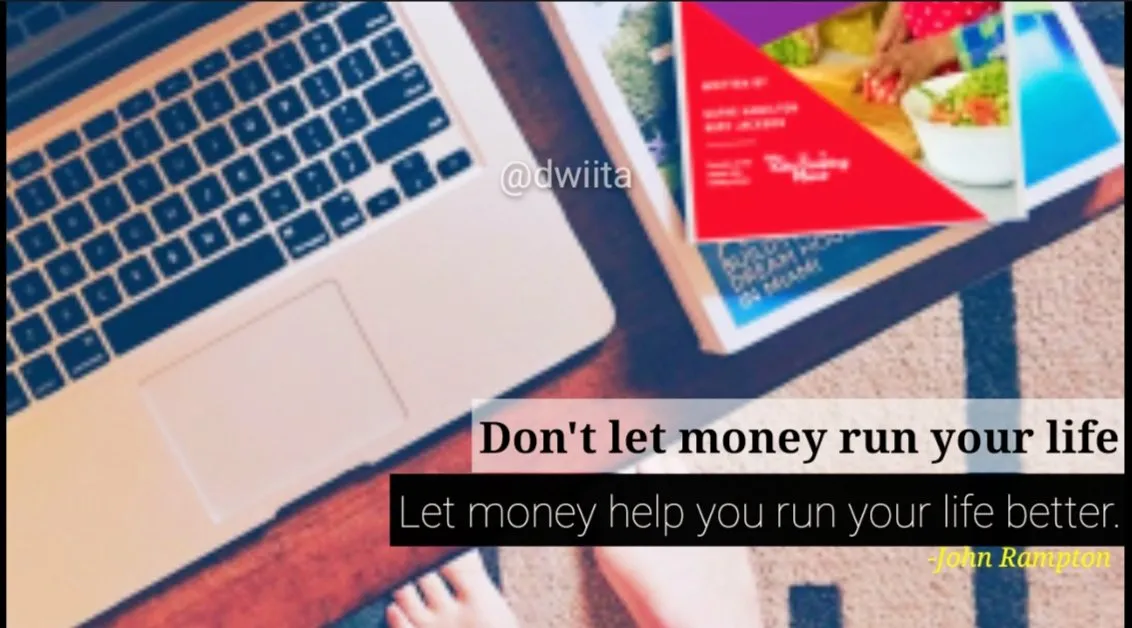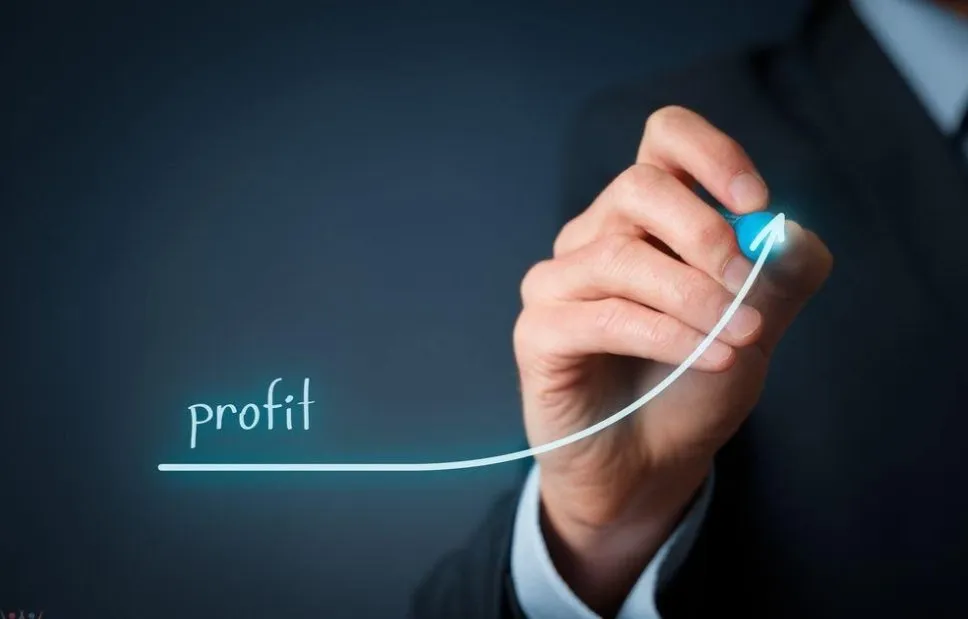
2020 is the beginning of entering the world of trading. I never thought that entering the market directly was not just about buying at a low price then selling at a high price. I find many things that test my psychologically. The ups and downs in trading I feel, how am I so happy when I get a profit in a row that I continue to buy the coins and when the coin price falls I don't know what to do. In my mind "maybe this is only temporary" but in the end I had to sell it at a very cheap price. Psychological down due to losing streaks, greed to get a lot of profit, fanatical on one coin regardless of whether it goes up or down I keep buying and holding, fear of entering the market again, overtrading, to vacuum from the market because all coins fall in price and I am not disciplined with "when should the cut loss". For me a year in the trading world provides a lot of valuable experience. 2020 I was just stagnant between profit and loss and the market has taken it all. There is very little capital left with a lot of unsold coins.
Q
Am I learning from mistakes?
A
"The answer is of course, in early 2021 I started to think about what my trading goals really were, among many people who have reaped their profits, my trading results are still not moving, even capital has been eroded by almost 50%. Experience is the best teacher, I started to learn. about everything about trading, technical, psychological and also management. Between daily trading activities, I continue to upgrade my skills. This February I really feel the real results."
A glimpse about Risk Management

"experienced trader control risk, inexperience trader chase gains"._Alan Farley
Yes, that was my year in trading. And the results are all uncontrollable and have a psychological impact. In the end what happened was the opposite, instead of getting a profit, I was faced with the fact that the world of trading is a wild world that at any time can take my money without any residue, and is forced to experience the bitter experience of losing money and also capital that is tied up in assets that lean on the lowest price.
Risk management simply describes our ability to manage risk. Risk management is also useful for the psychological survival of our trading in the future. Risks management is even more important than technical analysis.
• There is a very well-known term that is "don't put all your eggs in one basket", if translated in our trading language it means don't put all our capital in one asset. But asset diversification is by buying different coins, of course, according to the analysis first. This is so that if one asset does not match the expected expectations, there are still other opportunities.
• Determine how much loss we can tolerate based on the amount of capital. For example, I have $ 1000 in capital and I set the risk at the 5% level so the amount of loss I can tolerate from that $ 1000 is $ 50. When the losing position from my trade reaches $ 50 then I have to immediately cutloss or close the trade.
• Say No to Overtrading, like on 15-20 open positions, overtrading only makes it difficult for us to focus and of course we won't be in the market all day long. The loss limit that we set is according to personal tolerance, meaning that we are able to accept it, in the future it will protect us from panic of revenge "overtrading" in the hope of getting profit and being able to compensate for previous losses and that will be very fatal. It should be emphasized that losses in trading are common, the most important thing is to protect capital. For reasonableness, the number of trades is not determined, I usually open 5-6 trading positions per day against the coins I previously observed.
• Take advantage of the stop loss feature, this feature will help us to maintain our capital consistently. Delaying making a cut loss or stop loss only opens the opportunity for us to lose more money in the market.
• Avoid engaging in an "average down" strategy to turn losses into profits. This unconsciously only opens up opportunities for bigger losses, because we only put more of our money in coins that are not based on analysis. The principle of successful traders, they mostly avoid average down. But the opposite that has to be done is "average up", that is, buying coins in a state of profit, less risk and maximum profit.
• Set the Ratio between Risk and Rewards (RRR) at 1: 2. This means that the risk must be smaller than the rewards. In reality, only buy coins with a 1: 2 Risk Rewards ratio. RRR can also be interpreted as the win rate (the percentage of winning from the trading strategy we use). Suppose After making 100 trades, it gives a profit of 60x, it means that our win rate is 60x out of 100 trades.
• Limit the decline in assets at 10%. For example, we buy an asset at the price of 1000 but then it falls at 900, so in this case it is mandatory to cut losses. The reason is, if the asset we buy goes up 10% from the price of 900, it will only be at the price of 990. To go up to the initial purchase price of 1000, an 11% increase is required for gain at the break event. Even then, we don't have any benefits yet. Then the question is, It's possible that the coin will return to the first price (break even) and how long will it take? It is worth to remembering that losses work geometrically.
• Limit Riks per transaction at 2% of total capital. For example, on one trade we use $ 100,000 capital, then the point of loss is $ 100,000 x 2% = $ 2,000 the correlation with the previous point is -10% of the trade is not more than $ 2,000, this is the benchmark before buying an asset and later become money management.
Hopefully these principles can be disciplined for us to follow as beginner traders, gradually everyone will find a trading style that suits themselves. Knowledge investment is more important before entering the market.
Finally, Take My Biggest Profit Within 1 Month Of Trading.
The risk management system will only work when we calculate all the risks and profits that may arise in a trade before executing, not the other way around. I started in early January with a total capital round of IDR 178,000K (with a cash distribution of around IDR 100,000K and unsold assets of around IDR 78,000K) This month I made about 134 trades of 35% including on stable coins and 75% diversification on random coins. . From a total of 134 trades, the total cut loss I made was about 10 trades. At the end of my monthly report as of 1 February 2021, my total assets have increased to IDR 222,000K. So the total profit this month is around IDR 44,000K. This is my biggest achievement after applying the principles of risk management, although technically I still have to learn, at least from the total entering the world of trading which initially just went chaotic, without planning, and also without goals, I can finally learn to be better by a lot of upgrading skills and trying to be disciplined to make it happen. An achievement is not about today but a learning process to get here.[]



